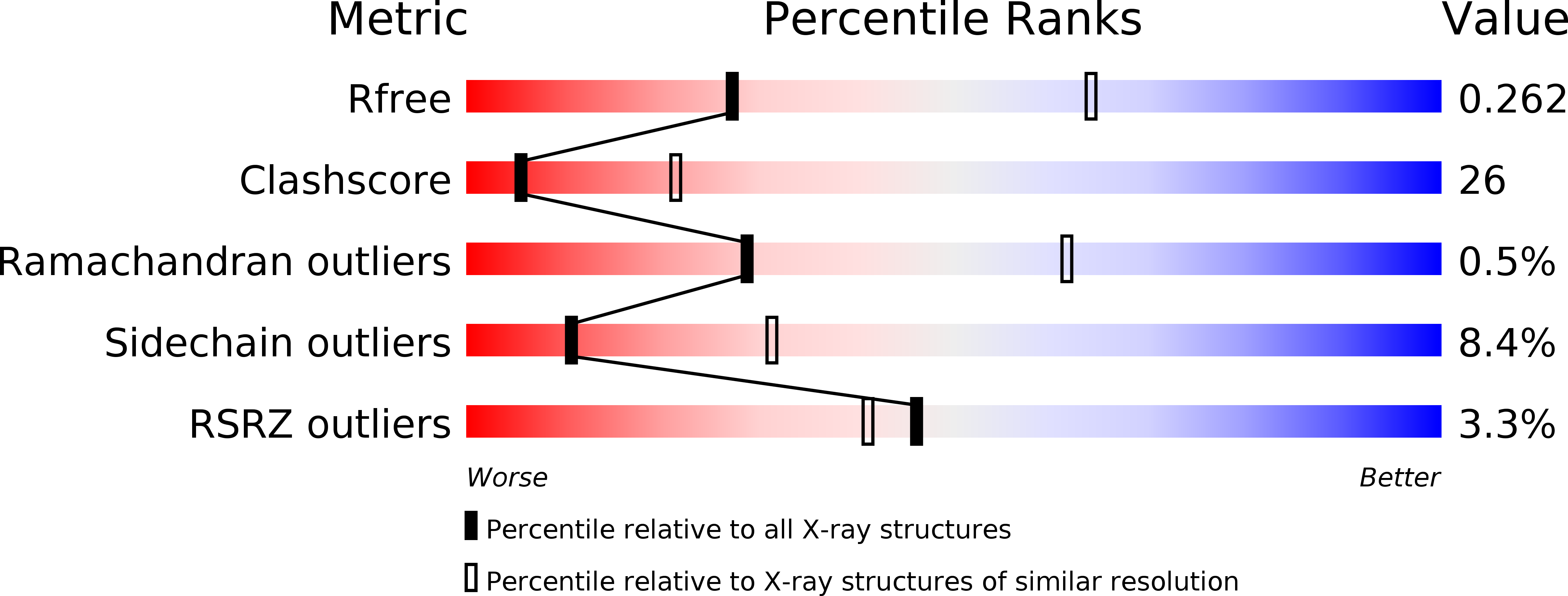
Deposition Date
2012-05-01
Release Date
2013-01-09
Last Version Date
2024-02-28
Entry Detail
PDB ID:
4EYI
Keywords:
Title:
Human DNA polymerase iota incorporating dATP opposite N-(deoxyguanosin-8-yl)-1-aminopyrene lesion
Biological Source:
Source Organism:
Homo sapiens (Taxon ID: 9606)
Host Organism:
Method Details:
Experimental Method:
Resolution:
2.90 Å
R-Value Free:
0.26
R-Value Work:
0.21
R-Value Observed:
0.22
Space Group:
P 65 2 2


